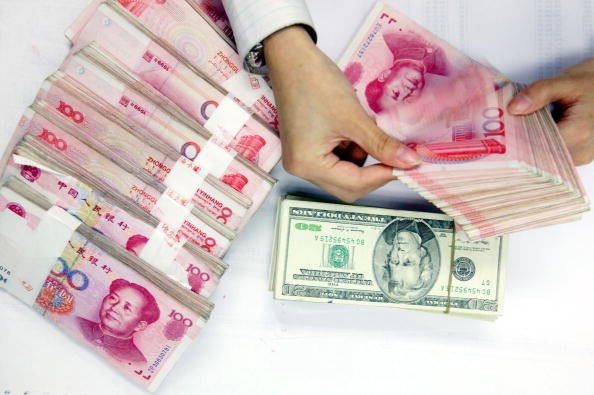Cutting off a falling streak since November last year, China's foreign exchange reserves saw an unexpected increase in March, the country's central bank revealed on Thursday.
As reported by state-run Xinhua News Agency, the People's Bank of China said that the foreign exchange reserves increased by $10.28 billion last month, pulling off a total of $3.21 trillion in March alone.
According to analysts from Minsheng Securities, the increase can be attributed to the steady yuan exchange rate, which is rooted form the easing of U.S. interest hike worries along with the improvement of the local economy.
Tom Orlik, Bloomberg's chief Asia economist, remarked that the strong figures achieved in March have helped in easing the "fears of a downward spiral of capital outflows and yuan weakness," Xinhua wrote.
Moreover, Orlik said that there is also a reduction in the depreciation expectation as suggested by the narrow spread both between the offshore and onshore yuan and the spot and forward price.
The Bloomberg economist said that the "consensus forecast is for the yuan to end the year at 6.7 to the U.S. dollar, down from expectations of a 6.8 finish in mid-March."
Despite the increase in the foreign exchange reserves--a first in a span of five months--analysts claim that this might not yet be the turning point for the country's capital outflows.
For Xu Yang, a Sinolink Securities analyst, the climax for the capital outflows may be achieved if the U.S. dollar is strengthened anew as the U.S. Federal Reserve raises its interest rate in the latter part of 2016.
Meanwhile, China's central bank has also released for the first time on Thursday foreign exchange reserves denominated in Special Drawing Rights (SDR). As of the end of last month, the hoard was valued at 2.28 trillion SDRs.
The People's Bank of China further reported that the country's gold reserves stand at $71.49 billion by the end of March. The figure is an increase from February's $71.01 billion.






















